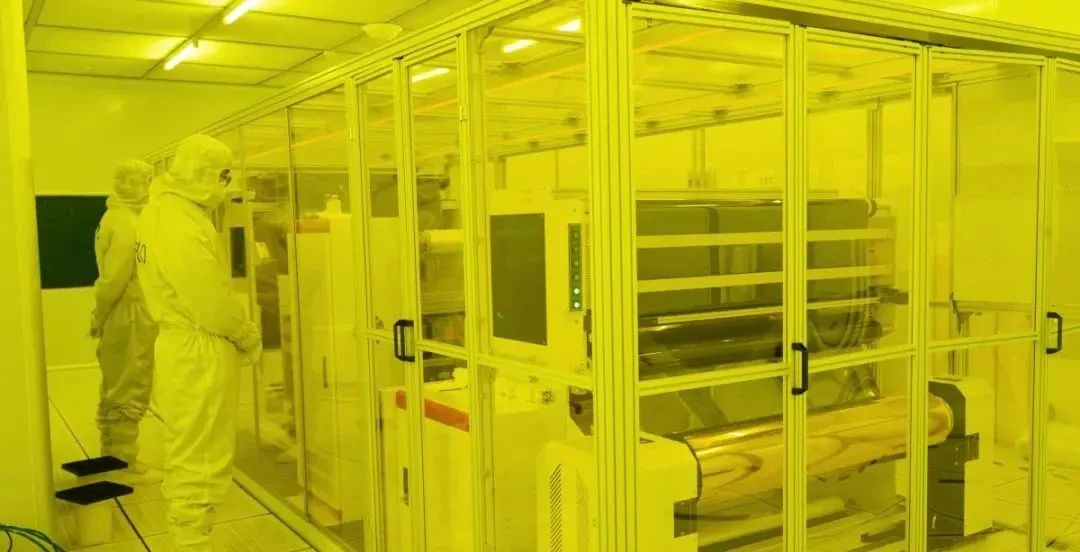2025-07-25
Transparent conductive films (TCFs) are functional thin‐film materials that combine high transparency with excellent electrical conductivity. They are widely used in touchscreens, liquid crystal displays (LCDs), organic light‐emitting diodes (OLEDs), solar cells, smart windows, and other applications. As consumer electronics become ever thinner, more flexible, and higher‐performance, the research and development of transparent conductive films has become a hot topic in materials science and engineering.
Transparent conductive films generally consist of two main parts—the substrate and the conductive layer. Some products also include an additional protective coating on the surface.
Substrate Layer (Substrate Layer)
The substrate provides mechanical support for the conductive layer and offers physical and chemical stability. Common substrate materials include polyethylene terephthalate (PET), glass, and other plastics. Compared to glass, PET substrates offer superior flexibility and lighter weight, making them ideal for flexible electronics such as foldable‐phone touchscreens.
Conductive Layer (Conductive Layer)
The conductive layer is the core of a TCF, providing electrical functionality and operational reliability. Typical materials include indium tin oxide (ITO), indium zinc oxide (IZO), silver nanowires, and metal meshes. ITO remains the most widely used, thanks to its high conductivity and good optical transmittance; its cubic‐crystal structure of indium and tin atoms forms a continuous network that allows free electron movement. Emerging materials like silver nanowires form entangled networks that offer low resistance and very high transparency.
Protective Layer (Protective Layer)
The protective layer shields the conductive film from scratches and abrasion. Transparent polymer films are commonly used for this purpose.
The design of the conductive‐layer structure directly affects both optical and electrical performance. Depending on material composition and functional requirements, conductive layers can be classified as follows:
Single‑Layer Structure
A single‐layer TCF consists of one conductive material (e.g., ITO, ZnO). This simple structure offers low cost and straightforward fabrication, but performance is limited by the base material’s properties. For instance, while ITO delivers excellent conductivity and transparency, it is brittle and unsuitable for flexible devices.
Multi‑Layer Structure
Multi‐layer films stack several materials—for example, a polymer substrate/metal nanowire/oxide protection‐layer sandwich. By combining materials, this structure can optimize performance (e.g., enhanced mechanical flexibility, improved oxidation resistance, or better interfacial contact). Titanwing’s ultra‐thin metal conductive films, for example, employ multiple stacked layers to achieve low sheet resistance, high transmittance, long‐term stability, and good flexibility.
Composite Structure
Composite TCFs blend multiple functional materials—such as mixing metal nanowires with oxide particles or combining graphene with carbon nanotubes. This approach leverages each component’s advantages to balance conductivity, transparency, and flexibility.
Nanostructure
Nanostructured films exploit the unique properties of nanoscale materials (e.g., nanowires, nanoparticles). Silver‐nanowire networks can simultaneously achieve high transparency and excellent conductivity. By tuning light‐scattering effects at the nanoscale, these films can also improve optical performance.

Physical Vapor Deposition (PVD)
PVD encompasses vacuum evaporation and sputter coating.
1. Vacuum Evaporation involves heating a source material under vacuum so that atoms or molecules vaporize and condense on the substrate. It uses relatively simple, low‐cost equipment but can struggle to deliver uniform film thickness.
2. Sputter Coating uses an ion beam to bombard a target, ejecting atoms that deposit on the substrate. Sputtering yields films with strong adhesion and precise control over thickness and quality.
Chemical Vapor Deposition (CVD)
In CVD, gaseous precursors react on the substrate surface to form a film. Common variants include thermal CVD and plasma‐enhanced CVD (PECVD).
Thermal CVD heats the precursors to induce surface reactions, allowing precise control of film composition and suitability for complex geometries.
PECVD uses plasma to activate precursors, lowering reaction temperatures and increasing growth rates—ideal for temperature‐sensitive substrates.
Printing Processes
Emerging printing methods include inkjet, screen, and gravure printing. These are well‐suited for large‐area, patterned deposition on flexible electronics, offering high material utilization but lower resolution.
Inkjet Printing precisely deposits conductive‐ink droplets through a printhead, followed by drying and sintering to form the conductive layer. It’s flexible, easy to operate, and ideal for small‐batch or customized runs.
Solution Coating Methods
Solution coating is common for nanowires and carbon‐based materials. Conductive materials are dispersed in a solvent, then applied via spin coating, spray coating, or blade coating. After solvent removal (often by heating), a continuous film remains. This low‐cost, scalable approach works well on flexible substrates but may require post‐treatment (e.g., annealing) to improve uniformity and adhesion.
Other Techniques
Additional methods include the sol‑gel process and pulsed‐laser deposition (PLD), each offering unique benefits for specific materials and applications.
The structural design and fabrication process are key to the performance of transparent conductive films. Ongoing optimization of processes and exploration of new materials continue to expand the applicability of TCFs, enabling their critical role in an ever‐wider range of high‐tech applications.
MICRON delivers cutting-edge solutions based on copper metal mesh technology, including touch films, transparent antennas, transparent heating films, and EMI shielding films. Holding over 60% of global patents in metal mesh technology, we are committed to innovation, backed by a dedicated R&D team and stringent quality control to ensure product durability and reliability.
As a trusted supplier to leading global touch device manufacturers, MICRON has established subsidiaries in countries such as the United States and Japan to provide timely and efficient services worldwide, ensuring seamless support for our international clients.